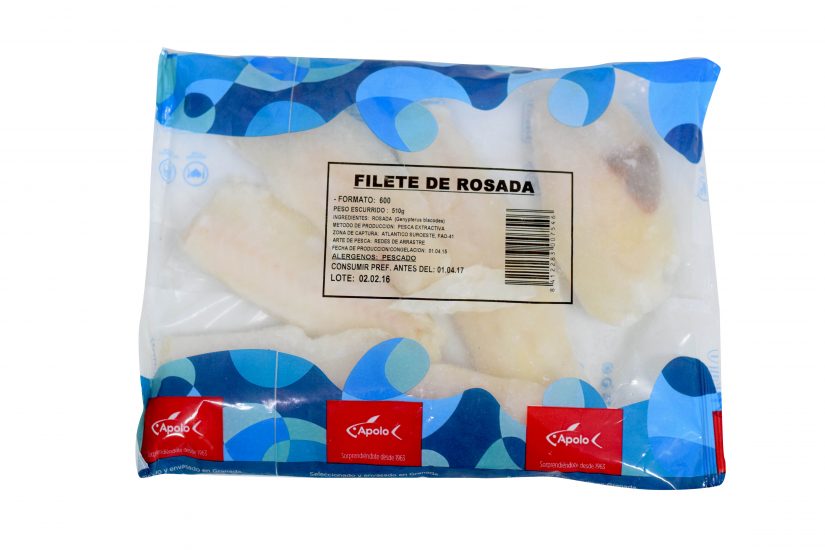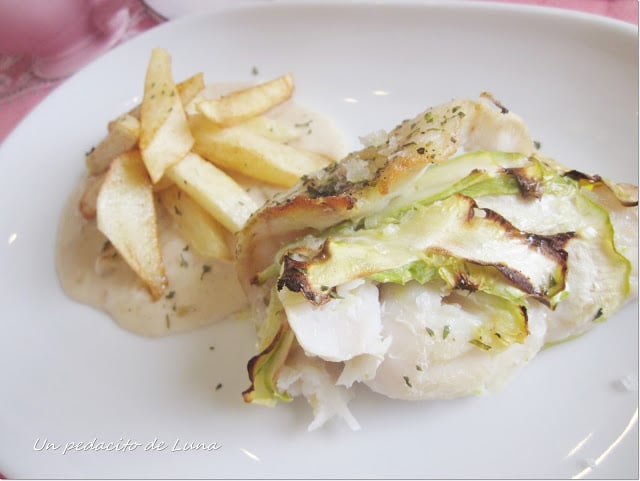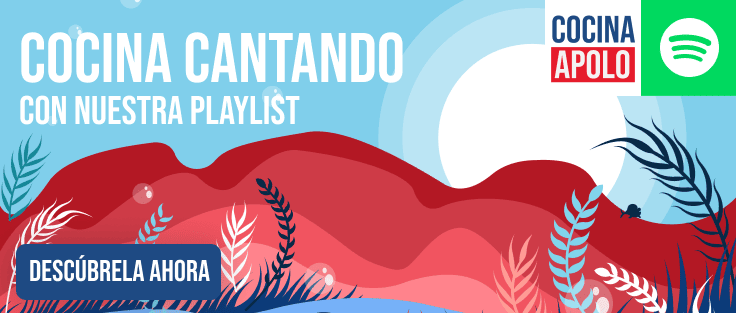The rosada is a white fish that, in spite of the fact that until not too long ago it was quite difficult to find, nowadays it is available in the great majority of markets in our country.
In general, this species is characterized by its smooth and tasty flesh, which is practically boneless, making it one of the most appetizing frozen fish. one of the most appetizing frozen fish for children.. It lives at a depth of about 300 meters, i.e. very close to the sea floor, and is usually fished off the coasts of North Africa and southern Europe.
Properties and benefits of the rosada
 The first thing to say is that frozen rosada keeps its properties intact.. In addition, by taking a quick look at the main qualities of this species, it is easy to realize that it is an ideal product for all those who are trying to lose weight. This is mainly due to the fact that it contains only 73 calories per 100 grams of meat.
The first thing to say is that frozen rosada keeps its properties intact.. In addition, by taking a quick look at the main qualities of this species, it is easy to realize that it is an ideal product for all those who are trying to lose weight. This is mainly due to the fact that it contains only 73 calories per 100 grams of meat.
Likewise, this fish, which is also one of the most demanded frozen fish for catering due to its fantastic flavor and culinary possibilities, also has a large volume of proteins. Specifically, these reach 16.5% of its composition, which makes it ideal for athletes. It is also tremendously rich in magnesium (254 mg per 100 g of product) and sodium (112 g per 100 g).
As if that were not enough, this is one of the frozen fish with the lowest cholesterol index. In fact, it is only 65 mg per 100 g of flesh, which makes it ideal for all those with cardiovascular problems. In addition, the vast majority of the fats it contains are healthy, which leads to a reduction in LDL cholesterol levels in the body.
How to cook frozen rosada
Undoubtedly, one of the main attractions of rosada, which makes it one of the most demanded frozen foods for the catering industry at the moment, is the great number of possibilities it offers regarding its preparation. In this sense, it is most commonly found cooked on the grill with a little oil, bay leaf and garlic, although it is true that fried and baked it is also delicious. It is also usually part of traditional stews such as, for example, white fish.






